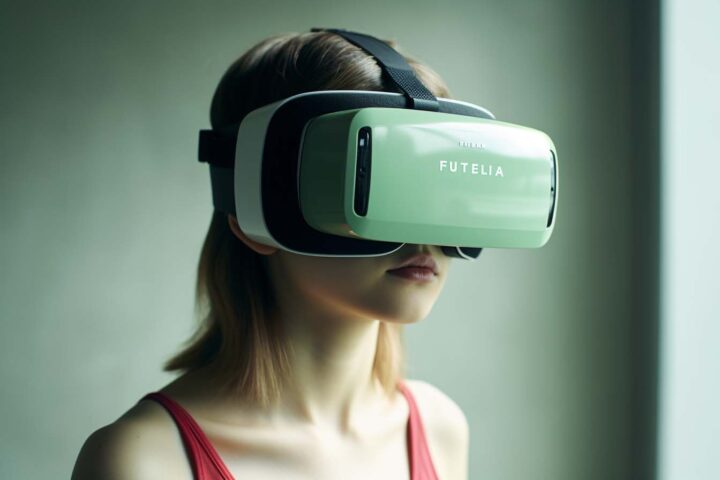Medical technology has revolutionized patient care, elevating the quality and effectiveness of treatments. Through innovations in medical tools and equipment, healthcare providers can diagnose diseases more accurately, perform complex surgeries with precision, and monitor patients’ conditions in real-time. The advancements in medical technology have not only saved countless lives but also improved patients’ overall experience and outcomes. In this anchor page, we will explore the role of medical technology in quality patient care and delve into the life-saving and quality-enhancing capabilities of today’s medical tools.
Enhanced Diagnostic Abilities
One of the key benefits of medical technology is its ability to enhance diagnostic capabilities. (Example: The emergence of advanced imaging techniques such as magnetic resonance imaging (MRI) and computed tomography (CT) scans have revolutionized the diagnosis of various diseases and conditions. These tools provide detailed images of the internal structures of the body, enabling healthcare professionals to detect abnormalities more accurately. The improvement in diagnostic accuracy leads to earlier detection of diseases, resulting in timely and more effective interventions.)
Precision in Minimally Invasive Surgeries
The field of surgery has experienced significant advancements with the integration of medical technology. (Example: Minimally invasive surgeries, such as laparoscopic procedures, are now possible with the assistance of advanced surgical equipment. These procedures involve smaller incisions, reduced trauma to the body, and shorter recovery times for patients. Additionally, tools like robotic-assisted surgical systems allow surgeons to perform complex surgical procedures with enhanced precision and control. These advancements contribute to improved patient outcomes, reduced complications, and faster recovery.)
Real-Time Monitoring and Remote Care
Medical technology has also facilitated real-time monitoring of patients’ conditions and enabled remote care. (Example: Devices like wearable monitors and implanted sensors can continuously track vital signs and transmit data to healthcare providers, allowing them to monitor patients’ health remotely. This capability significantly benefits patients with chronic conditions, as it enables early detection of abnormalities and timely interventions. Moreover, remote consultations and telemedicine have become more prevalent, enabling patients to receive medical guidance and consultations without the need for in-person visits.)
Improved Medication Administration and Management
Medication administration and management have been greatly improved through the integration of medical technology. (Example: Automated medication dispensing systems ensure accurate medication dosages and reduce medication errors. Electronic health records (EHRs) enable healthcare providers to have a comprehensive overview of patients’ medication history, allergies, and potential interactions, leading to safer prescribing practices. Innovative technologies, such as smart pill bottles and mobile applications, assist patients in adhering to their medication schedules and provide medication reminders.)
Efficient Healthcare Communication and Collaboration
Medical technology plays a crucial role in facilitating efficient communication and collaboration among healthcare professionals. (Example: Electronic communication systems within healthcare facilities allow instant sharing of patient information, test results, and treatment plans between different departments. Teleconferencing and video conferencing enable remote collaboration and consultation among specialists, ensuring patients receive the best possible care regardless of their location. These advancements not only save time but also improve coordination and enhance the overall quality of patient care.)
Continual Advancements and Future Implications
As medical technology continues to evolve, the future implications for patient care are promising. (Example: Artificial intelligence (AI) and machine learning algorithms have the potential to make healthcare more personalized and precise. Virtual reality (VR) and augmented reality (AR) applications can enhance medical training and assist in surgical simulations. The integration of big data analytics allows for better predictive models and population health management. These advancements hold the promise of further improving patient outcomes and experiences in the years to come.)
In conclusion, the role of medical technology in quality patient care cannot be overstated. From enhanced diagnostic abilities to precision in surgeries, real-time monitoring to improved medication administration, and efficient communication among healthcare professionals, medical technology has elevated the standards of patient care. With continual advancements and future implications, it is evident that innovations in medical technology will continue to shape and transform the healthcare landscape, ultimately benefiting patients and improving their overall well-being.







